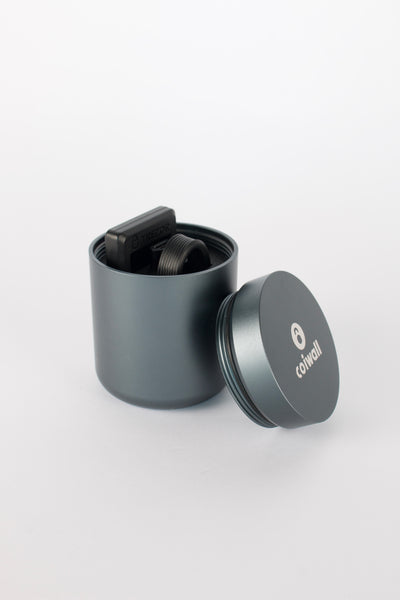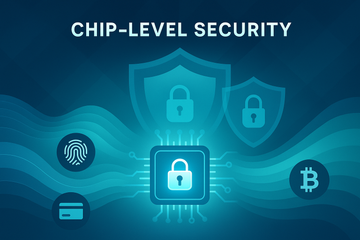When it comes to safeguarding sensitive information, whether it's your bank details, a password, or even the cryptographic keys to your cryptocurrency wallet, the secure element (SE) is a term you might've heard thrown around. But what does it really mean? Allow me to walk you through this labyrinth of chip-level security without making your eyes glaze over.
What Exactly Is a Secure Element?
Picture your smartphone for a second. It's packed with gadgets and gizmos, all performing a symphony you can't see. Amidst that orchestra, the secure element is like the vigilant sentinel standing guard. In essence, it's a microprocessor chip embedded within a device, designed with one job in mind: security. It's the unbreakable vault, if you will, tucked neatly in your device.
This microprocessor is imbued with capabilities to store secrets—think encryption keys, biometrics, or sensitive personal data. And it does this in a way that makes accessing unauthorized information practically impossible. It's not about locking your front door but about fortifying your entire house against even geological disasters.
Why You Should Care About Secure Elements
You might be asking, 'So what?' Well, let me tell you. These secure elements are more than just fancy microchips. They're the backbone of security for countless activities—be it your contactless payments with NFC, biometric passport verification, or even authenticating cryptographic assets in hardware wallets like Trezor or Ledger.
When you’re dealing with cryptocurrency, for instance, secure elements add an extra layer of security that software alone can't provide. It's this chip that's standing between your digital wealth and the cyber culprits waiting in the shadows. Isn’t that worth a thought?
The Technical Lowdown
Now, hold on while we put our nerd hats on for a moment. Let's unravel what makes secure elements tick.
- Isolation and Secure Storage: SEs act as isolated environments. They run independently from the host device’s operating system, minimizing risks from malware or software vulnerabilities.
- Encryption and Cryptographic Functions: One of the SE’s primary roles is executing complex cryptographic operations. This ensures data encryption, secure communication, and user authentication happen without a hitch.
- Self-Defense Mechanisms: SEs are strong contenders against invasive attacks. From tampering detection to secure boot processes, they maintain their integrity in line with global security standards.
A Cozy Cocoon: How a Secure Element Protects You
Imagine a warm, fluffy cocoon; that’s how a secure element wraps itself around your private data. For instance, when using your smartphone to pay for your morning coffee, that transaction is securely handled by the SE in your device. It ensures contactless payments are as secure as if you've locked them in an armored truck.
Let me explain by looking at your cryptocurrency hardware wallet. Thanks to these secure elements, the private keys to your crypto assets remain shielded from the relentless forces of hacking attempts. Whether you choose a Ledger or Trezor wallet, both rely heavily on SEs for that unyielding barrier of protection.
Are There Any Drawbacks?
Here’s the thing: no technology is without its imperfections, and secure elements aren’t magic, despite their prowess. While they provide excellent protection, they aren’t a panacea. They're as secure as the design and manufacturing processes allow, which means they rely on the diligence of the companies behind them. Additionally, implementation in systems and integration with software layers need to be flawless because even the sturdiest lock is only as good as the door it's on.
The Future of Secure Elements
As we rocket ahead in an era dominated by digital interactions, the importance of embedded security can only grow. Innovations in IoT, blockchain technologies, and even things like connected cars will leverage SEs to provide assured security frameworks. It’s not just about Bitcoin or credit cards anymore; it’s about every ‘smart’ artifact around us.
The big players in secure element tech are constantly pushing the envelope—just take the yearly advancements from semiconductor giants into account. And as end-users, a basic understanding of SEs transforms the way we perceive privacy and security in our interconnected life spheres.
So, whether you're handling sensitive data at work, protecting digital currencies, or simply enjoying the perks of modern conveniences, secure elements remain the uncelebrated champions, silently upholding your digital integrity. Isn’t it comforting to know there’s this little stalwart guard, always at his post?











